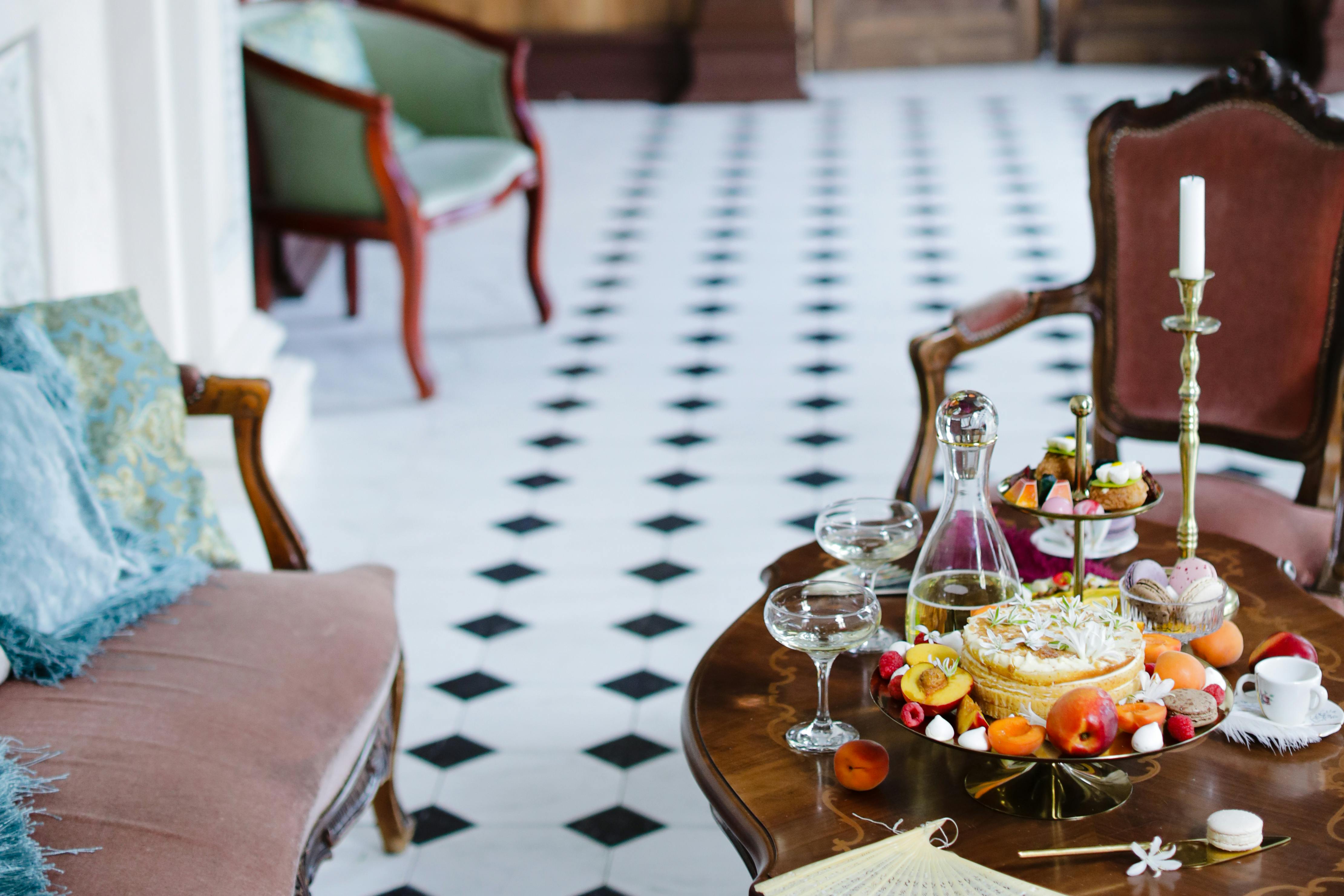
Timeless Treasures: A Guide to Collecting Antique Furniture in 2025

Timeless Treasures: A Guide to Collecting Antique Furniture in 2025
Antique furniture has a timeless allure that continues to captivate collectors worldwide. The recent trends in antique and vintage furniture can be attributed to several factors. One of the reasons people choose to collect vintage and antique furniture is the beauty and exceptional craftsmanship these items offer. Each piece tells a story, highlighting the artistry of its era and serving as both a functional item and a work of art.
For history enthusiasts, antique furniture is a tangible link to the past. Owning a piece of history allows collectors to connect with the stories and traditions of different times and cultures. This historical element transforms the furniture from simple objects into cherished heirlooms with rich backstories.
Antique pieces hold historical significance and serve as unique statement pieces that reflect personal style. Unlike mass-produced contemporary items, antiques add character and individuality to homes. Additionally, collecting antique and vintage items promotes sustainability. Restoring and preserving antiques contributes to eco-friendliness in a world dominated by fast fashion and disposable goods.
Whether you’re a seasoned collector or just starting, this antique furniture collecting guide will explore antique furniture styles, significance, and investment potential. This beginner’s guide will help you celebrate these timeless treasures and give you tips to find the perfect pieces to enhance your collection and home!
Classic Furniture Design Periods: Foundations of Collecting
William and Mary (1690 – 1730)
The William and Mary style, which flourished between 1690 and 1730, is a distinctive furniture design influenced by English King William and his consort, Mary. This style features practical, sturdy furniture with clean lines and bold veneers, commonly using durable woods like maple, white pine, walnut, and southern yellow pine. Key details include baluster-shaped turnings, elegant C-scrolls, and oval or round feet, showcasing the craftsmanship of the William and Mary era.
Queen Anne (1720 – 1760)
Queen Anne furniture, popular from 1720 to 1760, exemplifies a delicate and regional style that reflects the diversity of early American craftsmanship. This furniture style featured woods like walnut, poplar, and maple, with regional variations. During the colonial period, American colonists adopted Queen Anne furniture to reflect their unique aesthetics.
Philadelphia artisans used innovative chair rails, while New England favored pad feet. In New York, furniture makers opted for slippers, claws, and ball feet, showcasing distinct characteristics. Cherry, maple, and walnut enhanced the beauty of these crafts.
Chippendale (1755 – 1790)
Named after Thomas Chippendale, this style includes intricate carvings and influences from ancient cultures, featuring mahogany and decorative elements like C-scrolls and Gothic arches.
When examining Chippendale furniture, look for specific details such as arches, ribbons, columns, and motifs of flowers and leaves, which are key indicators of this artistic movement. While mahogany is the primary wood used in Chippendale pieces, other varieties like cherry, maple, and walnut are also seen. It’s worth noting that, similar to the Queen Anne style, regional differences in design were quite common.
Federal (Hepplewhite) (1790 – 1815)
Federal style reflects American patriotism, with an emphasis on symmetry and straight legs. This era marked the creation of distinct furniture forms like sideboards and worktables, reflecting the young nation’s quest for its own identity.
Crafted from woods such as mahogany, maple, satinwood, and birch, Federal furniture often features motifs like urns, acanthus leaves, and bellflowers. The legs were typically tapered or straight, enhancing the balance and elegance that define this style.
Sheraton (1790 – 1810)
Sheraton furniture, resembling Federal style but with simpler lines, was influenced by Thomas Sheraton’s books and is associated with rural cabinetmakers. The choice of materials typically includes woods like mahogany, maple, and pine, which enhance the aesthetic appeal of the furniture and reflect the craftsmanship of the era.
Empire (Classical) (1805 – 1830)
Empire furniture incorporates classical Greek and Roman influences. Its primary wood is mahogany, and ornamental details like eagle motifs and gilt highlights are present.
This style draws upon patriotic imagery. It often features dark woods that are sometimes painted black for an even more dramatic effect. New York City was crucial in popularizing the Empire style, becoming a hub for artisans who embraced these elements.
Victorian (1830 – 1890)
The Victorian period, which spanned several decades, is characterized by its distinctive and ornate style. During this time period, heavy, richly decorated pieces emerged, often crafted from dark woods. The living spaces of Victorian homes were typically cluttered yet beautifully curated, featuring intricate details and a variety of textures.
French Restoration (1830 – 1850)
The French Restoration period is characterized by its sweeping, undulating lines, which reflect a graceful elegance. It draws influences from the earlier Empire period while adopting a simpler and less ornate aesthetic.
This era can be seen as a subcategory of the Victorian age, distinguished by its less ornamental details and a focus on classic designs. Furniture this time often features curved lines and an emphasis on comfort, utilizing upholstery and bolster pillows to create inviting and spaces.
Gothic Revival (1840 – 1860)
Gothic Revival furniture features elements like pointed arches and carved details inspired by medieval architecture and focuses on walnut and oak woods.
This style is characterized by its intricate design elements that draw inspiration from medieval architecture. This style often features pointed arches, turrets, and quatrefoils. The use of rich woods such as walnut and oak adds a sense of warmth and elegance to the pieces.
Additionally, Gothic Revival furniture includes mechanical components, making it visually appealing and functional. The variety in size – from grand to smaller, more delicate items -makes this style complement diverse interior spaces.
Rococo Revival (1845 – 1870)
Rococo Revival emphasizes scrolling shapes, floral carvings, and marble tabletops, with walnut and mahogany as common materials. It features scalloped shells, rose motifs, and scrolling legs and feet, alongside decorative cast-iron elements. Originating in France and England, it also influenced design in the United States, contributing to a broader Renaissance revival.
Elizabethan (1850 – 1915)
The feminine-influenced Victorian style is defined by elegant machine-turned spools and spiral profiles, showcasing technological advancements in furniture design. With floral motifs and high, narrow chair backs, this style highlights craftsmanship and refinement. Needlework upholstery and decorative painting further enhance each piece, turning functional items into works of art.
Louis XVI (1850 – 1914)
Louis XVI furniture is known for its straight lines and elegant ornamentations, such as garlands and medallions. Crafted from rich woods like walnut and ebony, Louis XVI furniture items feature straight, slightly tapered legs.
Naturalistic (1850 – 1914)
Naturalistic furniture builds on the Rococo Revival style with intricate floral motifs and layered wood laminations in mahogany and walnut. Technological advancements have enabled the bonding of thin layers of wood, enhancing both aesthetics and durability. Tufted upholstery is a signature feature. Look for designer marks from John Henry Belter, a key figure in this style.
Renaissance Revival (1850 – 1880)
Renaissance Revival furniture captures the essence of 16th- and 17th-century design, featuring rich dark woods like mahogany and walnut. It showcases intricate motifs such as acanthus scrolls and classical busts, while the upholstery is adorned with ornate designs including fruits, scrolls, and tassels.
Architectural elements like columns and balusters further emphasize the grandeur and elegance of this style.
Néo-Greek (1855 – 1885)
The Néo-Greek style combines Greek elements with classical motifs, showcasing dark woods and lavish gilded or bronzed ornamentation. Emerging in France, it quickly inspired American designers who appreciated its ornamental richness. Characteristic features include curved legs or cloven hoof feet.
Eastlake (1870 – 1890)
Named after Charles Locke Eastlake, this style features geometric designs, straight lines, and incised decoration, with dark woods like oak and maple.
Art Furniture (1880 – 1914)
Art Furniture encompasses a wide variety of styles, combining angular and fluid forms with exotic materials like bamboo and lacquered wood.
Arts & Crafts (1895 – 1915)
Arts & Crafts furniture emphasizes simple, rectilinear designs with an emphasis on handcraftsmanship, made primarily from oak and with copper hardware.
Art Nouveau (1896 – 1914)
Art Nouveau furniture, known for its sweeping lines and floral motifs. This style reflects the broader Art Nouveau movement and features elegant curves and slim upholstery.
Art Deco (1920 – 1945)
Art Deco furniture embraces clean lines, controlled curves, and luxurious materials like lacquered woods, glass, and steel, with a focus on geometric patterns.
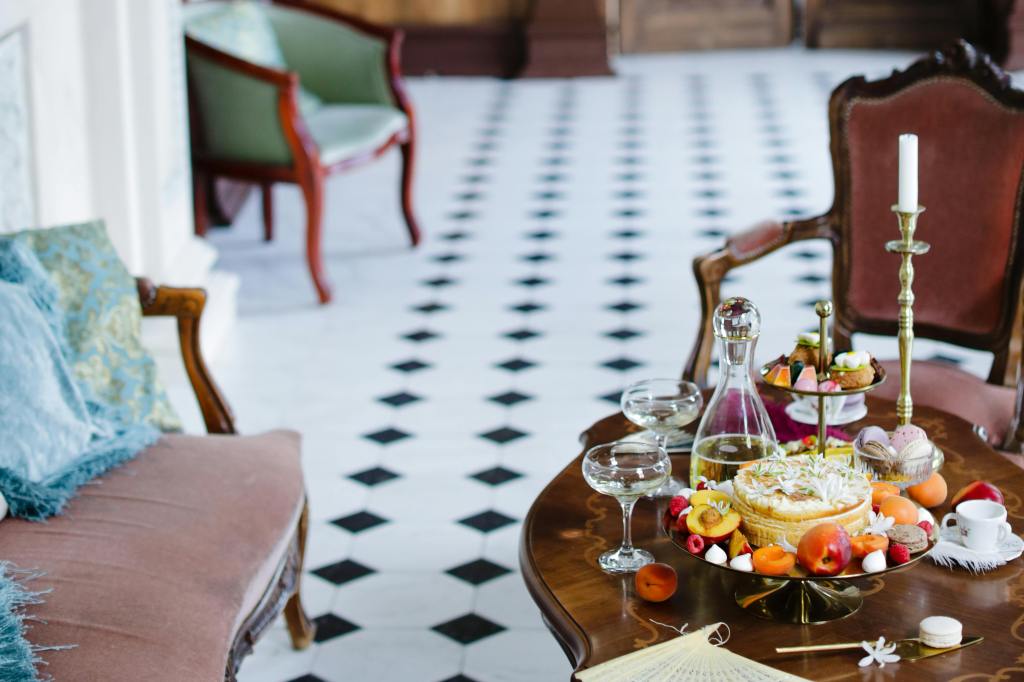
Rare and Historically Significant Pieces
Certain designers and regions stand out in furniture design for their remarkable contributions to craftsmanship and style.
For instance, the iconic French Louis XV period is celebrated for its feminine and exuberant pieces, embodying the essence of Rococo design. These furnishings often feature motifs of florals, cherubs, and rockery, creating an ornate and luxurious aesthetic that has captivated collectors over the years.
In contrast, English Chippendale, created by the renowned Thomas Chippendale, showcases intricate carvings and quality construction. His chairs, which blend Rococo, Chinese, and Gothic styles, can fetch impressive prices, with some reaching up to $20,000 for exceptional examples.
Another notable style comes from George Hepplewhite, whose chairs have become highly coveted among serious collectors. Known for their graceful lines and sophisticated ornamentation, these pieces are often constructed from fine mahogany, adding a touch of elegance to any living space. Authentic Hepplewhite chairs can be obtained for around $7,000, making them a desirable investment for antique enthusiasts.
Similarly, Duncan Phyfe tables, renowned for their neoclassical style, effortlessly enhance any interior with their elegant proportions and refined details. A well-preserved original Duncan Phyfe table can command a price of approximately $12,000, a testament to its lasting appeal and timeless design.
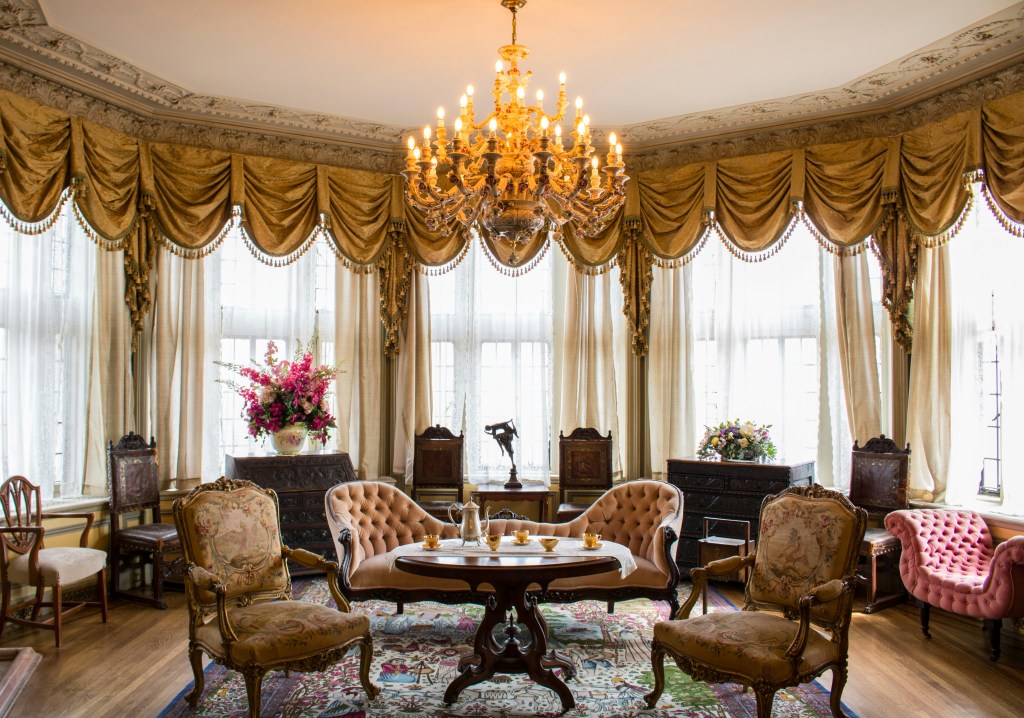
Trends in Antique Furniture Collecting: What’s Hot in 2025
The resurgence of traditional furniture styles can be seen in the growing interest among consumers in recent years. Pieces such as Federal, American Colonial Revival, and Chippendale are antique trends many are seeking. These classic designs evoke a sense of nostalgia and craftsmanship that appeals to many. As more people become aware of the rich history and artistry behind these unique styles, there’s a noticeable shift towards integrating them into modern living spaces.
Sustainability is also a significant factor driving the interest in antique furniture. As individuals become more conscious of their carbon footprints, there has been a preference for sustainable and upcycled pieces. Collecting furniture not only presents an opportunity to own unique and well-crafted items, but it also aligns with a desire for environmentally friendly choices.
The quality and craftsmanship of these vintage pieces often surpass that of contemporary furniture designed for short-lived use, making them a preferred option for conscientious consumers. Additionally, many people are drawn to the investment potential of antique furniture, which can appreciate significantly over time.
Niche collections are also gaining traction, particularly in areas such as Art Deco and Arts & Crafts styles. Enthusiasts are drawn to antique items, often seeking out unique pieces that reflect their personal tastes. Well made Brown furniture, with its rich history and unique character, is another favored category among collectors, as is folk art, which adds a distinctive touch to any collection.
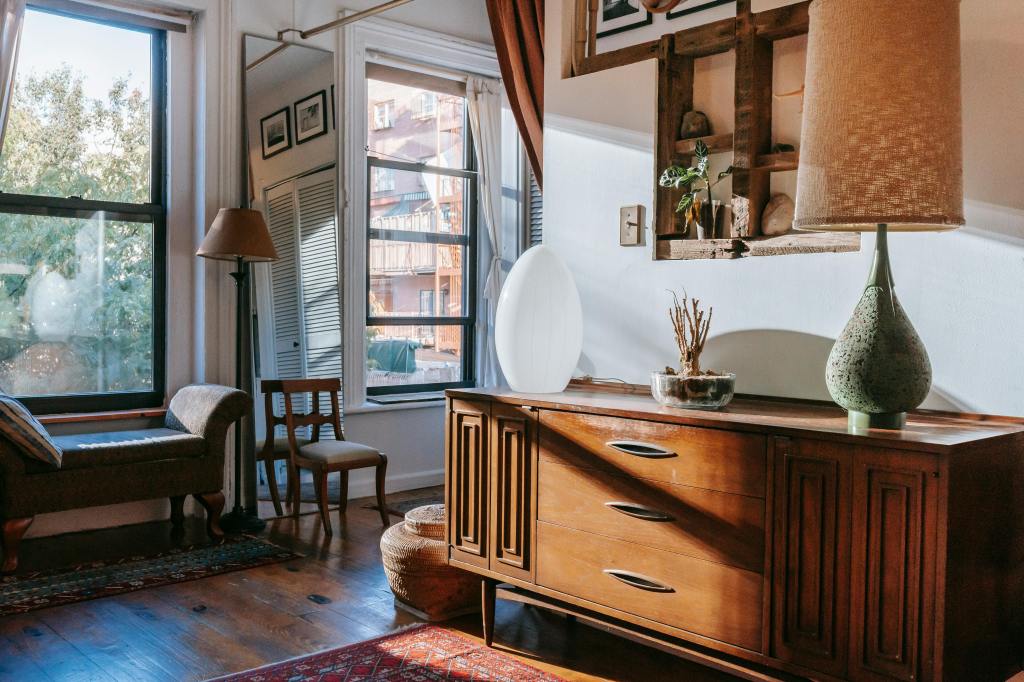
Building Your Antique Furniture Collection in 2025
Understanding the relationship between condition and age is crucial when evaluating antique furniture.
Condition vs age
Age is often defined as a piece being over 100 years old to qualify as an antique, while vintage refers to items between 20 and 90 years old. However, being old does not guarantee high value. Factors such as condition, rarity, and design significantly influence worth. When assessing a potential purchase, always ask about any documentation that may accompany the item, as this can provide important provenance information.
Authenticity and provenance
Authenticity plays a vital role in determining the value of a piece. One effective way to gauge authenticity is by examining the wood used in the construction of furniture. Typically, hidden components are made from lower-quality materials, so inspect areas like the bottom and back of the piece.
Additionally, the type of wood can indicate the age and origin of the item. For instance, authentic furniture made before the Georgian period often used native British wood. Furthermore, look for signs of handmade craftsmanship, such as imperfections and wear, which are common in antique items. Identifying marks, signatures, or stamps can also provide valuable clues about the piece’s history.
Restoration vs preservation
Another important consideration is whether to restore or preserve a piece. Restoration can enhance an item’s value, but it is essential to consult with professionals to determine the best course of action based on the piece’s condition. In some cases, preserving the original state may be more beneficial, especially for items with significant historical value.
Where to buy
Buyers have a variety of options when it comes to purchasing antique furniture. Online stores and auction sites are excellent for those seeking unique pieces from around the world or who do not have access to local shops. However, caution is necessary when buying online; ensure you ask detailed questions, request additional photos, and purchase only from reputable sellers.
For a more hands-on experience, visiting in-person antique shops can be rewarding. Shops located outside of major cities often have more affordable options and a wider selection. Engaging with shop owners allows you to ask questions and potentially discover hidden gems. Additionally, in-person auctions offer the chance to find authentic pieces at competitive prices, though be prepared for a bidding environment that can be intense and fast-paced.
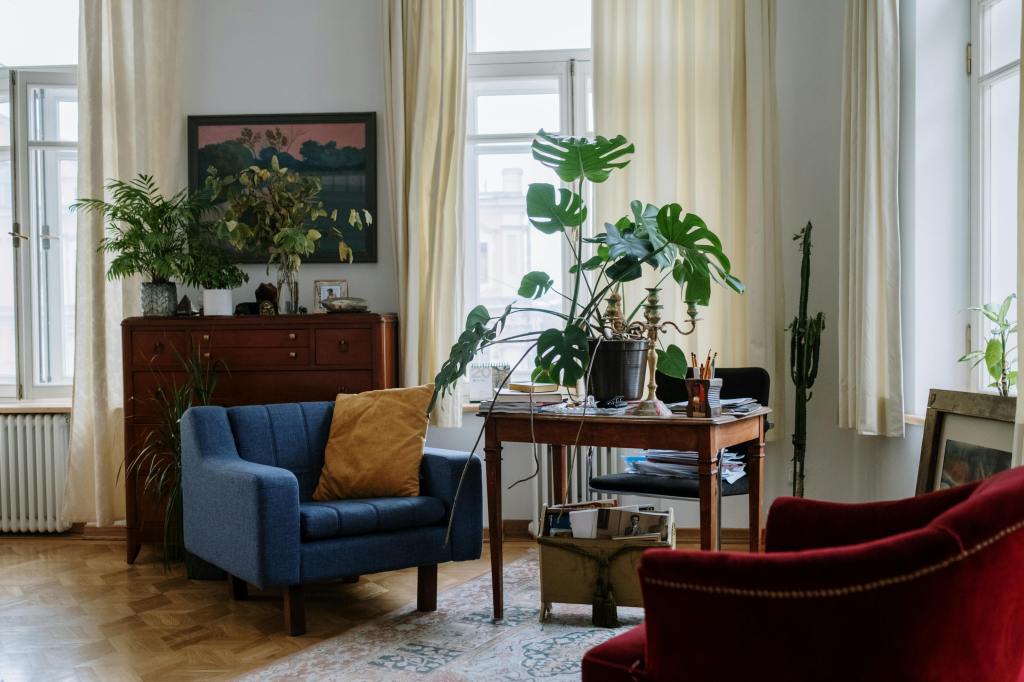
Conclusion: Building a Legacy Through Antique Furniture
For budding antique furniture collectors in 2025, cultivating a meaningful collection hinge on three essential factors: passion, patience, and knowledge. Passion fuels the journey, as a genuine love for antique pieces will drive collectors to seek out unique items that resonate with them. Patience is equally important; the best finds often take time and persistent searching. Lastly, building a solid foundation of knowledge about different styles, eras, and valuation trends empowers collectors to make informed decisions, ensuring that their collection not only reflects their personal taste but also holds potential value. By combining these elements, new collectors can create a rewarding venture that enhances their appreciation for history and craftsmanship.
Sources
https://decorplusstore.com/blogs/trends-ideas/the-timeless-appeal-of-vintage-furniture?srsltid=AfmBOooN_yzNqMcuwcXkZRTQMuB3ucxYr-5Ps6SKqANRISSPh6plxBJ8
https://yolagray.com/guide-furniture-periods-monarchs-styles/
https://rarest.org/collectibles/most-sought-after-antique-furniture
https://blockapps.net/blog/trends-in-antique-furniture-collecting/
https://www.nimbusantiques.co.uk/antiques-guides/buying-antique-furniture-a-step-by-step-guide/
https://jeanmarcfray.com/collect-antique-or-vintage-furniture/
About Collectibles Insurance Services
Collectibles Insurance Services has been protecting collections since 1966 and all coverage is provided by a carrier with a group rating of “A” (Excellent) by AM Best, the leading rating agency for the insurance industry.
Comprehensive coverage includes, but is not limited to: accidental breakage, burglary, fire, flood, loss in the mail, theft, natural disasters, and other causes of loss unless specifically excluded from the policy. Deductibles start at $0 for collector policies and we provide coverage for the market value of your collection for losses in excess of $50.
Additionally the protection extends At home and away, and we don't require collection itemization and serial number nor extensive paperwork and red tape.
